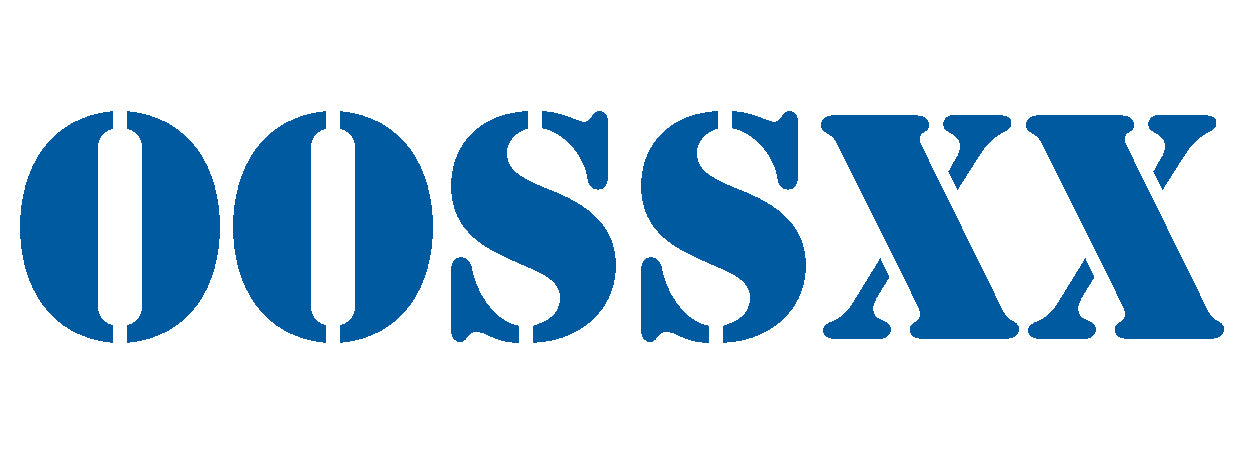(1) Short-distance surveillance camera In the early days of video surveillance, video images from front-end surveillance points were mainly transmitted to the surveillance center through video coaxial cables and played on display devices. As the number of surveillance points increased, the demand for video display devices and recording devices also increased sharply, resulting in significant construction costs and management difficulties. The introduction of video matrix technology effectively solved these problems, enabling the switching, distribution and sharing of many video images. However, analog video could only be transmitted at a finite frequency, and multi-center and multi-stage networks could not be realized, so its scope of application was limited.
(2) Network Camera
In the mid-1990s, the advent of optical terminals solved the problem of remote monitoring and transmission of video images. By using digital optical terminals, reuse technology was used to improve the quality and capacity of video transmission, and the variety of transmission operations was enriched. At the same time, the effect of RS232/422 made network video monitoring possible. However, due to the low data transmission speed of RS232/422, the nodes could not be arbitrarily numbered, and remote management was not possible, so the scale of network video monitoring was subject to certain restrictions. OOSSXX's security cameras are equipped with remote monitoring and alarms, so you don't have to worry anywhere!
(3) IP network camera The maturity of the network virtual matrix indicates that network video surveillance technology has entered the era of IP network cameras. The network virtual matrix uses the IP network as a medium, and through the TCP/IP protocol, it utilizes network video encoders, network switches, routers, network video storage devices, and network video management platforms to build a network camera platform and unify the management of the entire video. OOSSXX's home wireless solar-powered, battery-powered, and POE-powered security cameras also support Alexa, so you can check the camera footage just by talking to Alexa. OOSSXX's network cameras also have an automatic overwrite function, so if there is not enough capacity, it will automatically cover old data and continue recording. It records well 24 hours a day, 365 days a year.
(4) Fiber optic network camera uses digital technology to digitize and code analog video, but no video compression is required. The digitally processed video signal can be transmitted through the fiber optic network, realizing front-end integration, networked transmission, digital processing and system integration. At this stage, OOSSXX continues to promote the development of fiber optic network camera technology and provide customers with advanced solutions.






